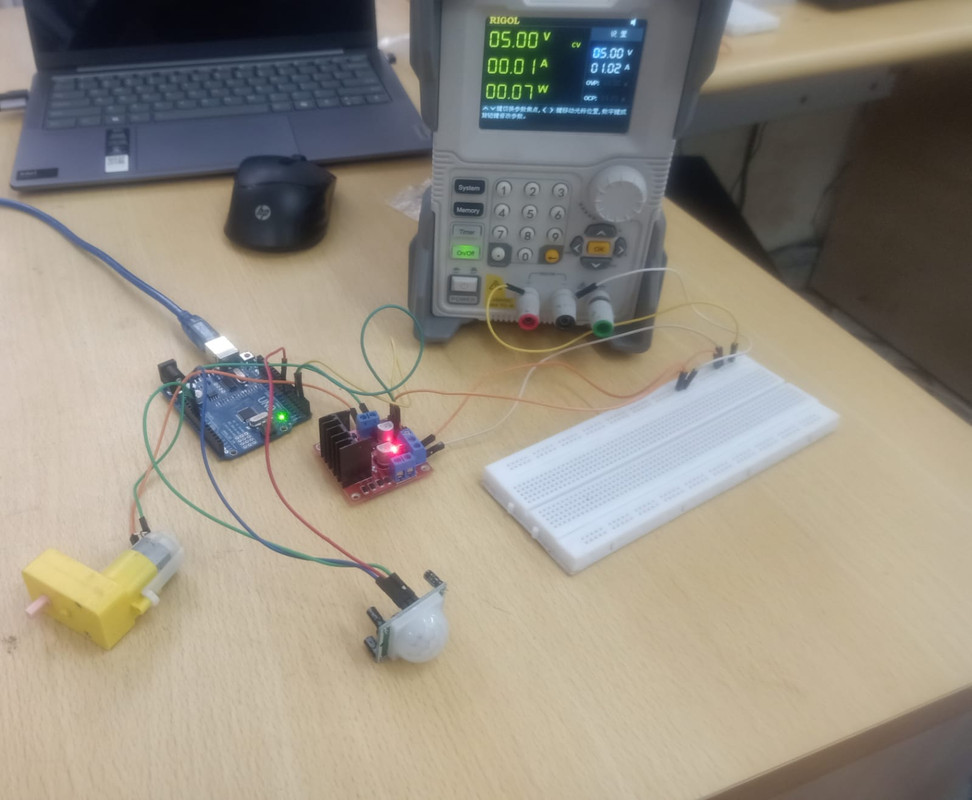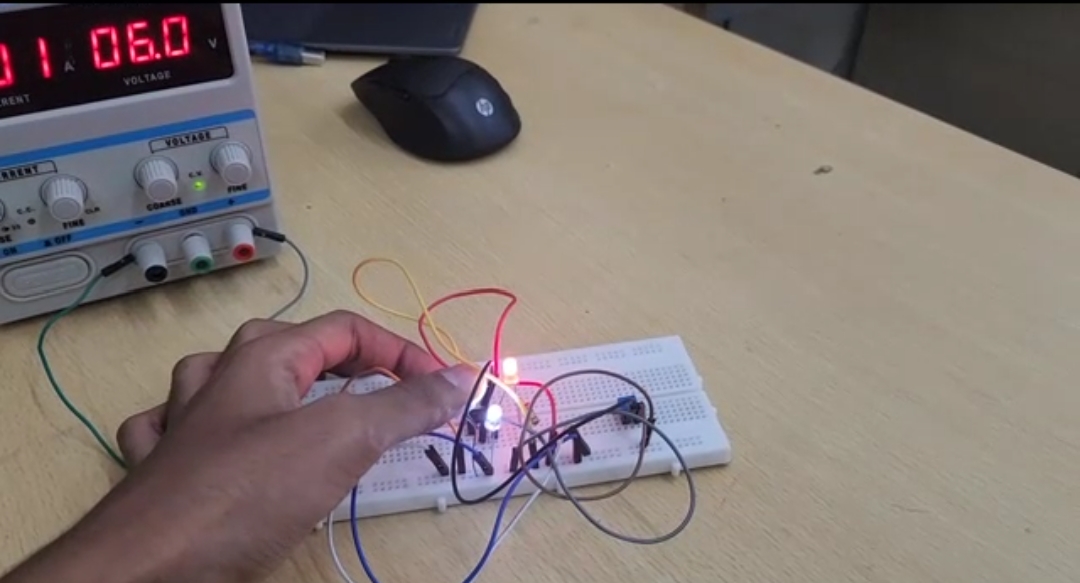2 / 10 / 2024
LEVEL 2 TASKS
TASK 1 : SOLAR PANEL
Solar panels are made of photovoltaic (PV) cells,which are typically made from silicon semiconductors.
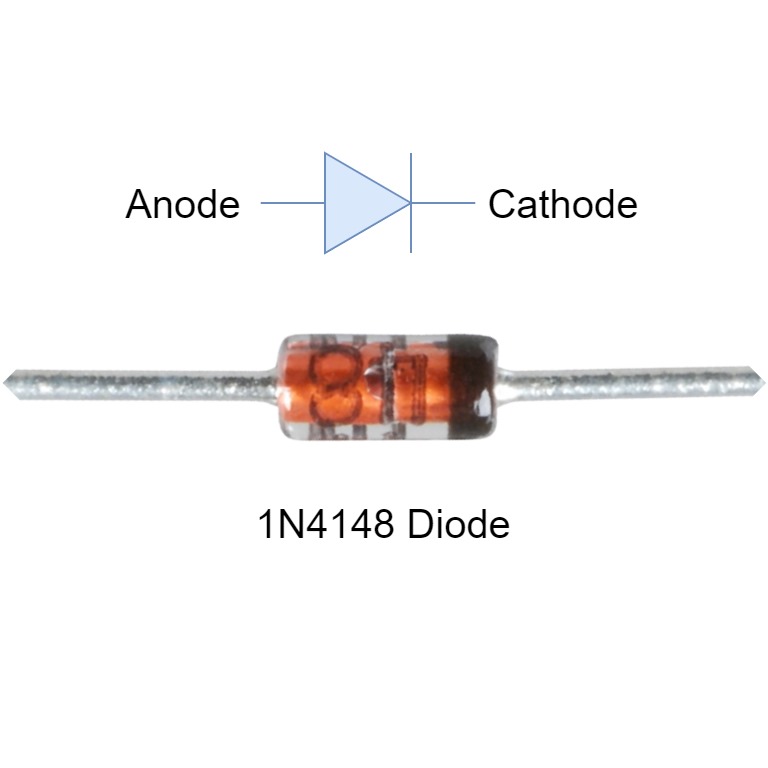
I have made a mini solar panel circuit using IN4148(run-of-mill/zener) diodes.

connected the diodes in series combination and a multimeter in parallel across it to read voltage
Task 2&3 : SPEED AND DIRECTION CONTROL OF DC MOTOR
Components used:
- 5v BO motor
- L298N motor driver IC
- Arduino UNO
- Bread board and jumper wires
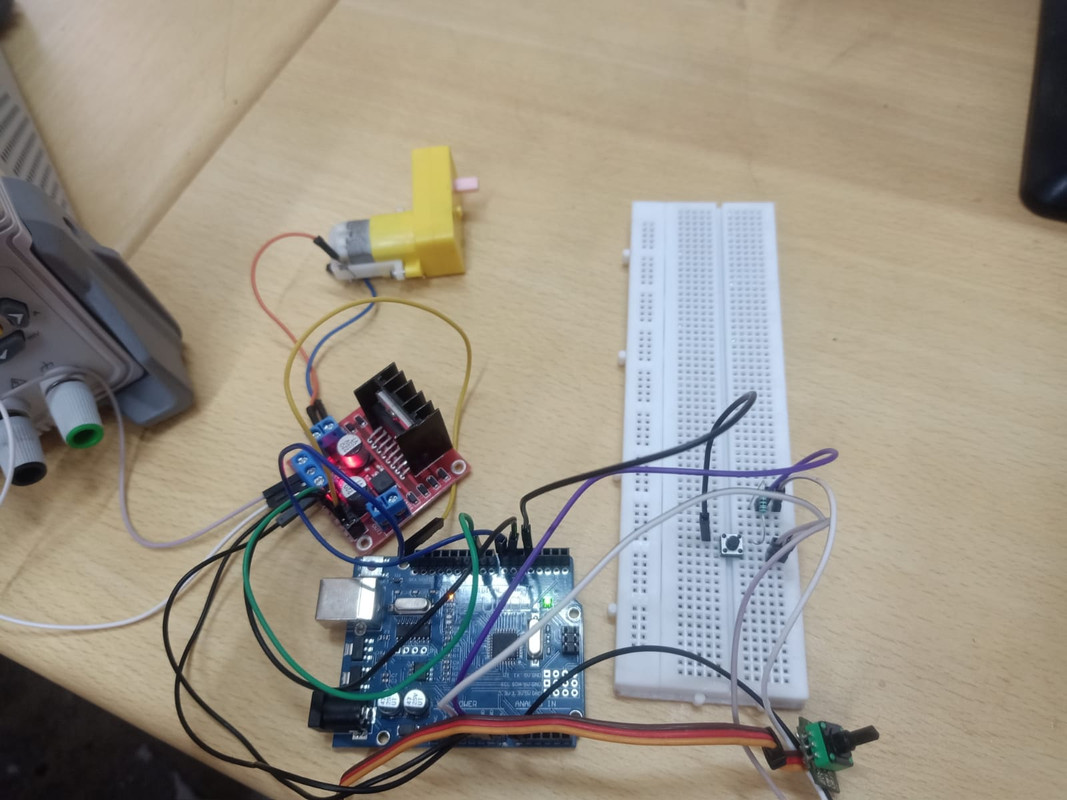
1.Here,Potentiometer is used to control the speed of bo motor
2.Push button is used to control direction of bo motor
3.Here, L298N IC is used between a motor and Arduino because it's a motor driver IC that enables the Arduino to control the motor's direction and speed.
....Some other benefits of using the L298N IC include:
- Overcurrent protection
- Thermal shutdown
- Undervoltage protection
- Enable/Disable input for motor control, Basically allows motor to operate smoothly.
TASK 4: TEMPERATURE DECTECTION
Components used:
- LM35 temperature sensor
- Arduino UNO
- Bread board and jumper wires
The LM35 is a low voltage, precision centigrade temperature sensor manufactured by Texas Instruments. It is a chip that provides a voltage output that is linearly proportional to the temperature in °C and is, therefore, very easy to use with an Arduino.
Applications
- Temperature monitoring
- HVAC systems
- Medical devices
- Industrial automation
- Automotive systems
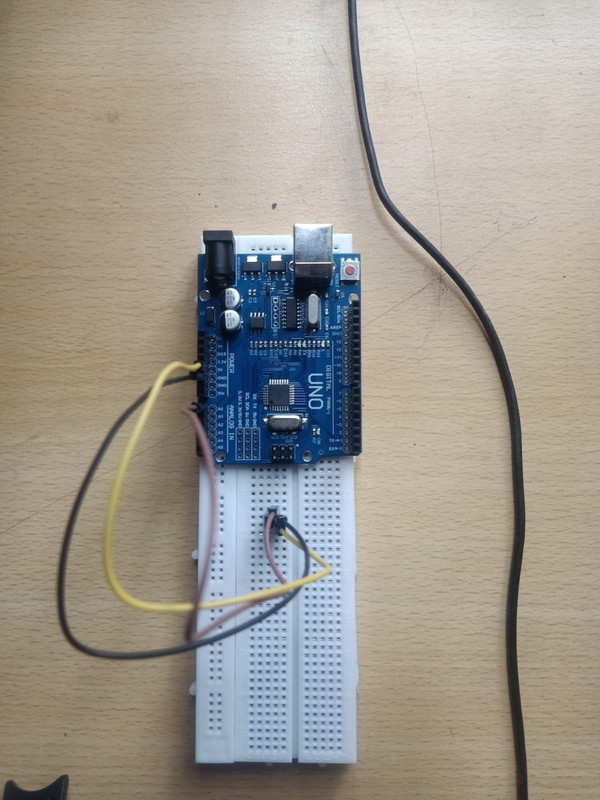

TASK 5: TEMPERATURE AND HUMIDITY DETECTION
Components used :
- DHT 11 sensor
- Arduino UNO
- Bread board and jumper wires
DHT11 is a low-cost, digital temperature and humidity sensor that provides accurate and reliable measurements.
Applications
- Weather stations
- Home automation
- HVAC systems
- Medical devices
- Industrial monitoring
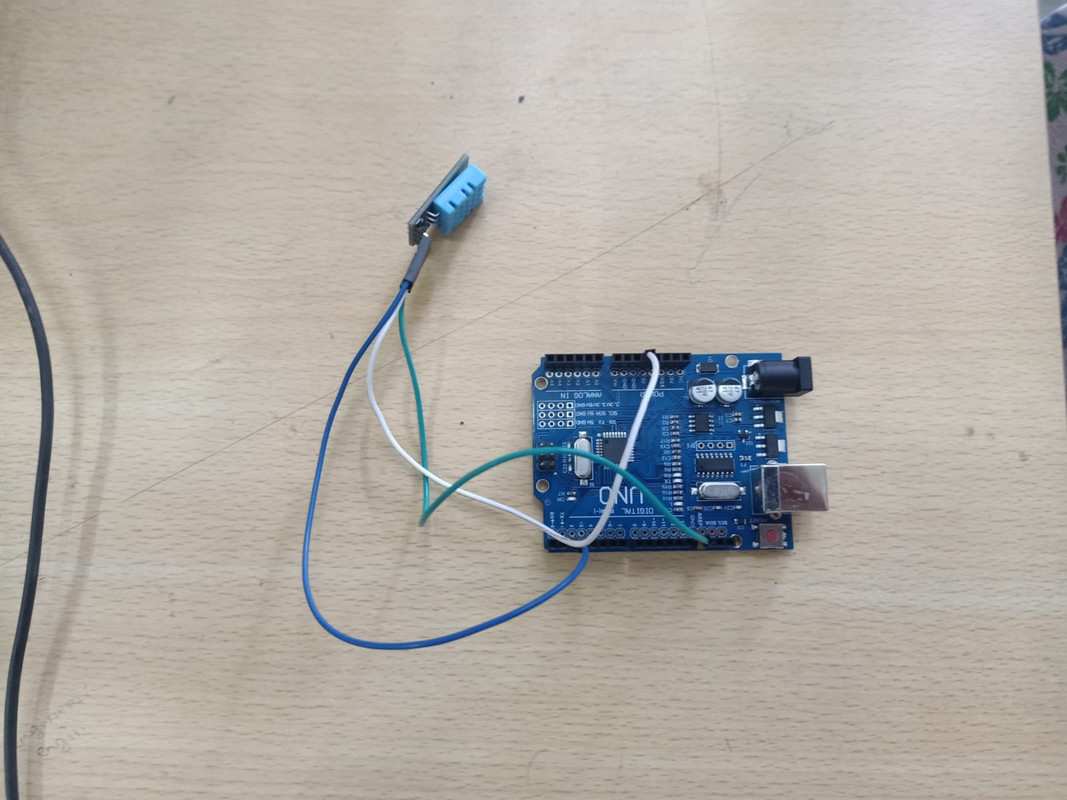
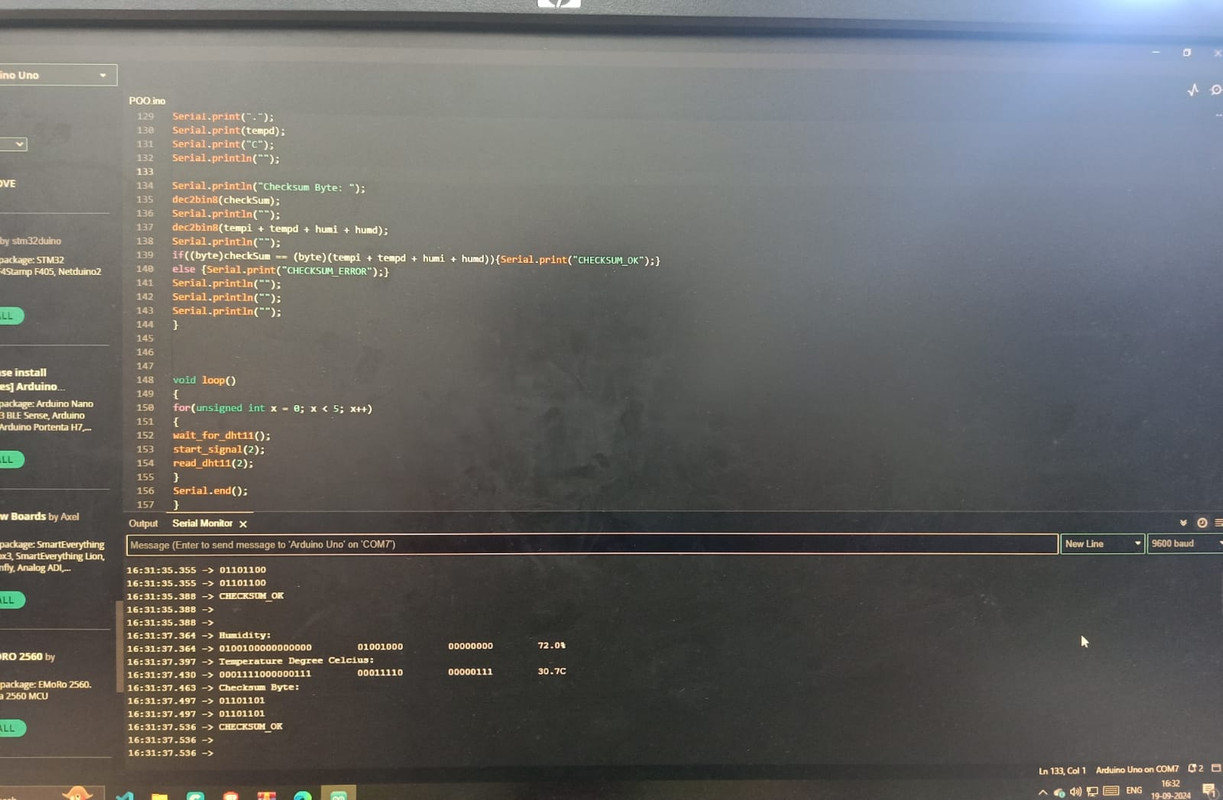
TASK 6: MATLAB
MATLAB (Matrix Laboratory) is a high-level programming language and environment for numerical computation, data analysis, and visualization.
Applications
- Numerical analysis
- Signal processing
- Image processing
- Control systems
- Machine learning
- Data science
- Scientific research
- Engineering design
MY SIMULATION CIRCUIT

OUTPUT:
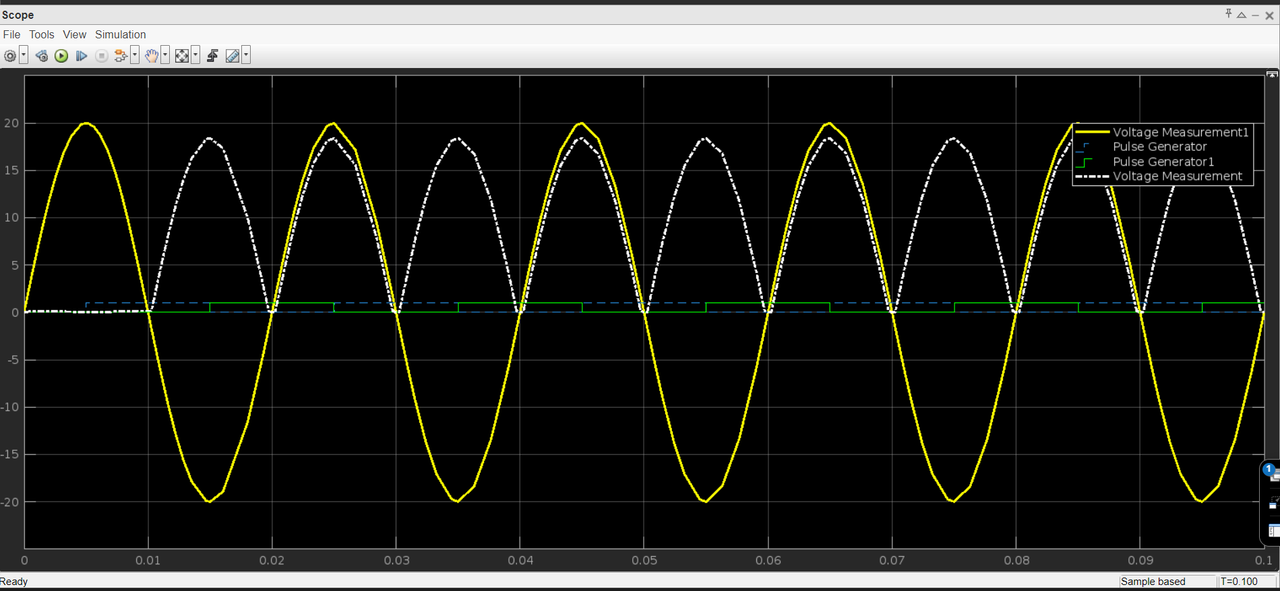
TASK 7: BLDC MOTOR AND HALL EFFECT SENSOR
Components used:
- BLDC motor
- Hall effect sensor
- Arduino UNO
- Neodymium magnet
- Bread board and jumper wires
Hall Effect Sensors detect magnetic fields and convert them into electrical signals.
Applications of hall effect sensor :
- Position sensing (shaft encoders, motor control)
- Speed sensing (tachometers, motor control)
- Current sensing (non-invasive current measurement)
- Proximity detection (door sensors, gesture recognition)
- Magnetic field measurement (Gauss meters)
Key Points :
- Neodymium magnet is attached to the shaft of BLDC motor.
- When the hall effect sensor is closer to shaft of motor, it can detect the speed of rotor with the help of magnetic field lines produced by the magnet attached to the shaft.
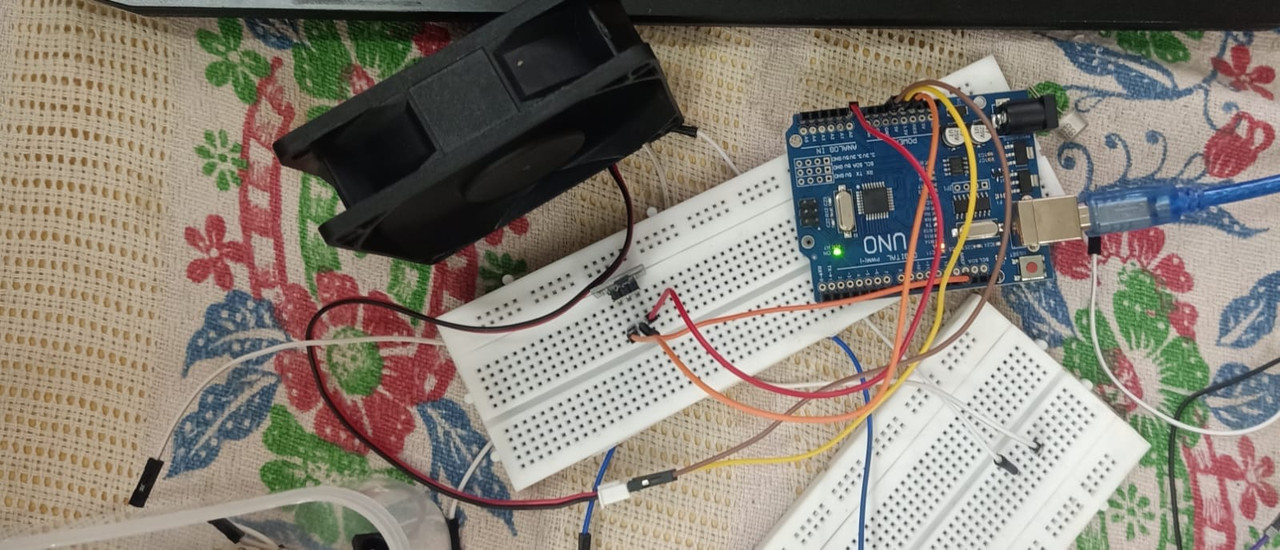
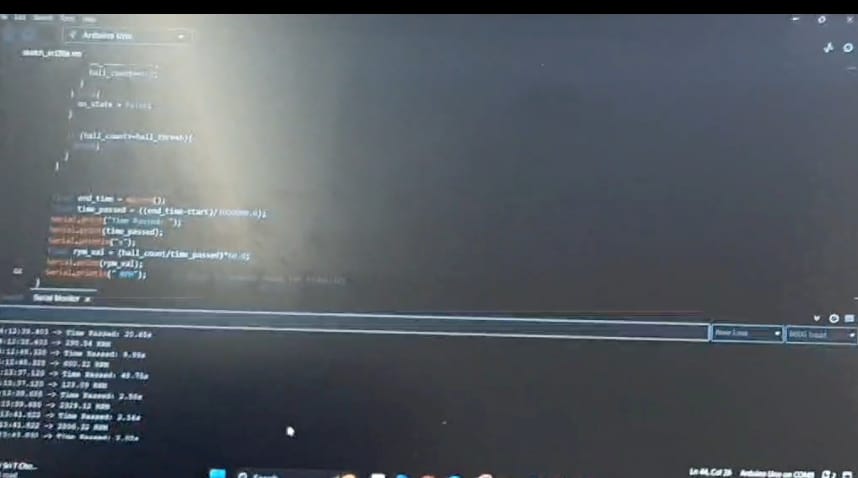
TASK 8: AUTO NIGHT LAMP USING LED FOR ELECTRIC VEHICLES (EVS)
Components used:
- BC547 Transistor
- Light Dependent resister (LDR)
- Few resisters (1k and 10k)
- led
- bread board and few jumper wires
BC547 is a type of NPN bipolar junction transistor (BJT). It’s commonly used for low-power amplification and switching applications
A Light Dependent Resistor (LDR),or photoresistor, is a type of resistor that changes its resistance based on the amount of light it is exposed to
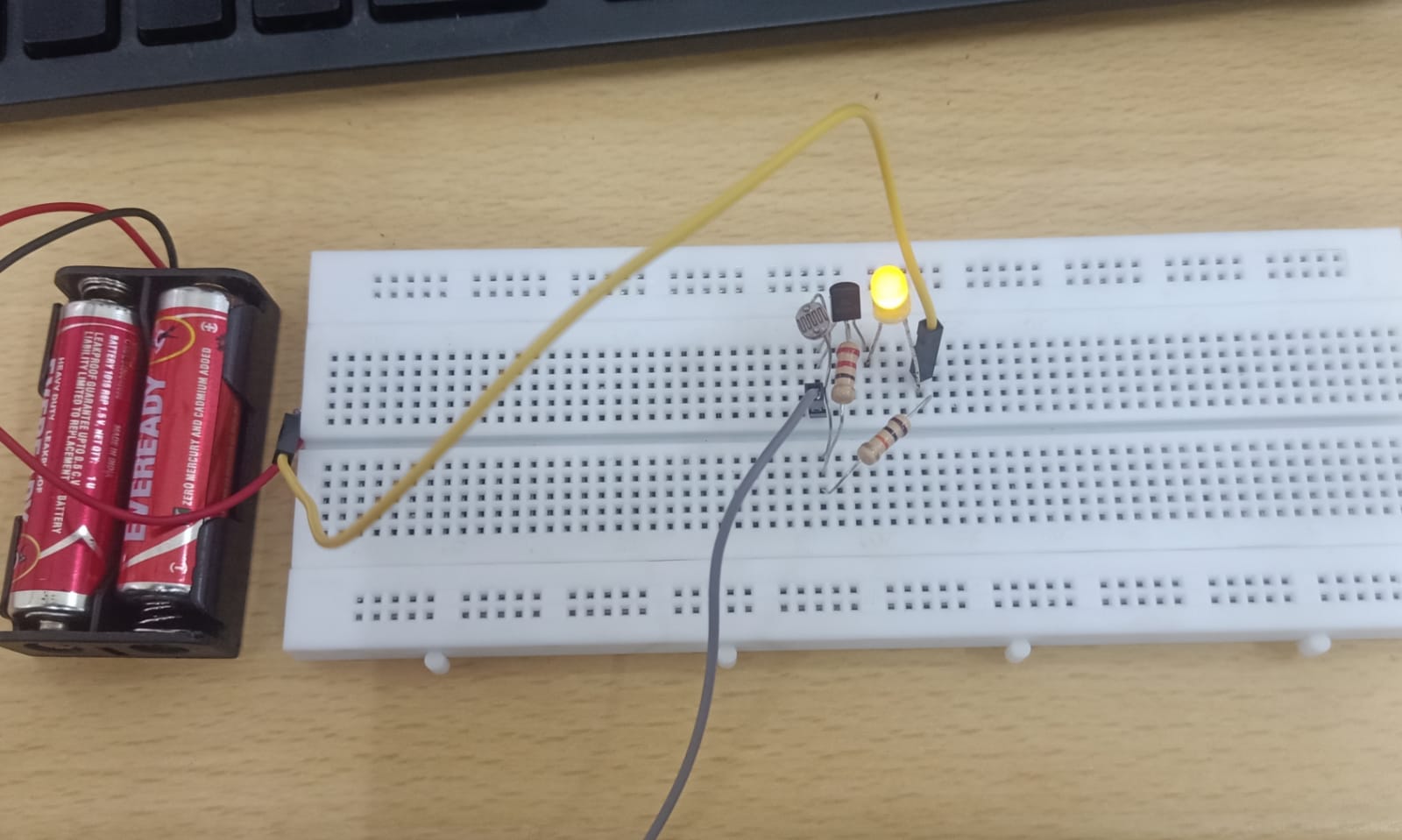

TASK 9: UNDERSTANDING 555 TIME AND LDR:
components used:
- 555 TIMER IC
- Light Dependent Resister (LDR)
- Few resisters(47k,330ohms)
- Few LED'S
- Bread board and few jumper wires
UNDERSTANDING 555 TIMER:
The 555 timer can operate in three modes:
- Astable Mode: Functions as an oscillator, generating a continuous square wave output. Used for blinking lights and tone generation.
- Monostable Mode: Functions as a one-shot timer. It produces a single pulse when triggered. Useful for time delays.
- Bistable Mode: Functions as a flip-flop, maintaining a stable output state until triggered by an external signal. Used for toggle applications.
Applications of 555 TIMER :
- Timers: Creating time delays in circuits.
- Pulse Width Modulation: Controlling the brightness of LEDs or the speed of motors.
- Oscillators: Generating clock pulses for various applications.
- Tone Generation: Creating sound in audio circuits.
CIRCUIT:

TASK 10: BATTERY CHARGING
Reference circuit which i used
To charge the lithium ion batteries i connected it to the solar panel via a lithium ion battery charging module and diode
Key points:
- Diode is connected in series with battery module to oppose flow of current in reverse direction, since a diode is a unidirectional device.
- A lithium-ion battery module stores electrical energy and typically includes multiple cells, a Battery Management System (BMS), and safety features. The BMS monitors cell voltages, manages charging, and protects against overcurrent and overheating, ensuring efficient operation and prolonging battery life.
MY CIRCUIT:
The voltage accross lithium batteries before charging:
The volatgae accross lithium batteries after charging(for some time):
TASK 11: AUTOMATIC DOOR OPENER SYSTEM
Components used:
- 5v BO motor
- L298N motor driver IC
- Arduino UNO
- PIR Sensor
- Bread board and jumper wires
A PIR (Passive Infrared) sensor detects motion by sensing heat from people and animals. It works by picking up changes in infrared radiation when something warm moves in its area
PIR sensors are commonly used in security systems to spot intruders, in automatic lights that turn on when someone walks by, and in smart home devices.
